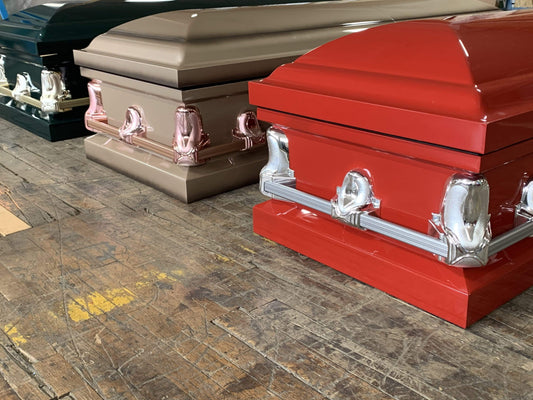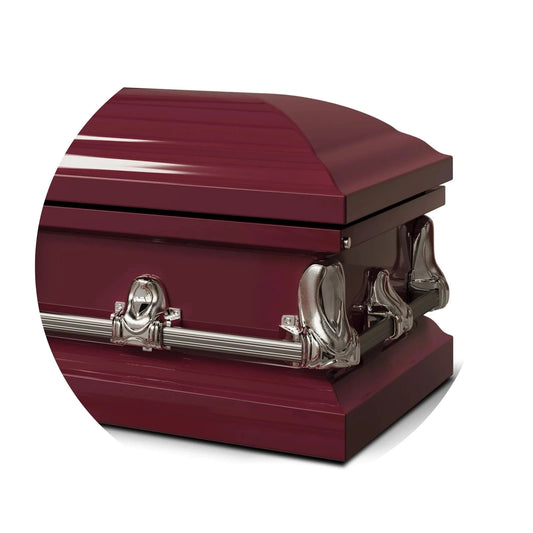Death is something we all must face, but understanding the signs that someone is near the end of their life can bring comfort and clarity. In this article, we’ll explore the signs of death, the stages of dying, what happens when we die, and answers to common questions such as what does it feel like to die?
The Stages of Dying: What Happens as Life Ends?
When someone is approaching death, they go through different stages, both physically and emotionally. These stages can help us understand what’s happening in their body and mind.
-
Pre-active Stage: This stage might happen days or weeks before death. The person might sleep more, become less responsive, and may not be as interested in eating or drinking. It’s a time when the body starts to slow down.
-
Active Dying Stage: This happens within hours or days of death. The body is shutting down, and the person may become unconscious. Breathing may change, becoming irregular or shallow, and the skin may become pale or cool to the touch.
Plan Your Farewell with Grace – Our Pre-Planned Caskets Offer Peace of Mind!
Signs of Death Within Hours: Recognizing the Final Moments
As death draws nearer, there are clear signs of death within hours. These may include:
- Breathing changes: The person might breathe in short, irregular breaths or even stop breathing for a while.
- Skin color changes: The skin may appear pale or even have a bluish tint.
- Loss of consciousness: The person might become unresponsive and not able to wake up, even when you speak to them.
- Weak pulse and low blood pressure: As the heart slows down, the pulse becomes weak, and the blood pressure drops significantly.
What Happens When We Die?
When a person dies, their body stops functioning. The heart stops beating, the lungs stop breathing, and the brain stops working. But what happens on a deeper level—emotionally or spiritually—is still a mystery for many. Some people report seeing a bright light or meeting loved ones who have passed, but everyone’s experience is different.
The physical process of dying can take several hours, during which the body shuts down slowly. While science explains the biological changes, the question of what we experience after death remains unknown.
Related Reading: How Long Does It Take for a Body to Decompose in the Casket?
What Do You See When You Die?
What do you see when you die? Many people who’ve had near-death experiences report seeing a bright light, meeting deceased loved ones, or feeling a deep sense of peace. These experiences are often described as comforting, though not everyone has them. What people see or feel as they die is different for each person, and some may not experience anything at all.
What Does It Feel Like to Die?
What does it feel like to die? The experience of dying is unique for each person. Some report feeling pain, while others describe it as peaceful. As the body shuts down, many people become numb to physical sensations. It is common for people to feel sleepy or detached from their surroundings, and some may experience a sense of calm or relief.
In general, dying is not as painful as we might fear, especially when the person is under the care of medical professionals like hospice nurses or palliative care specialists.
End of Life Signs: Recognizing the Final Hours
There are several end of life signs to watch for, and they can be a clue that death is near. These signs include:
- Confusion or agitation: A person may become restless or confused as they near the end of life. They might not recognize family members or understand what’s happening.
- Less interest in food and drink: As the body begins to shut down, the person may lose interest in eating or drinking.
- Cool or changing skin temperature: The person’s skin may feel cold to the touch, particularly on their hands and feet.
- Death rattle: Sometimes, people make a rattling sound when they breathe due to fluid in the throat.
- Less urine: The kidneys stop working, and the person may not pass urine, or it might be very dark in color.
Who Was the First Person to Die?
The question of who was the first person to die has fascinated people for centuries. While no one can say for sure, we know that death has always been a part of the human experience. In prehistoric times, early humans died just as we do today, though we don’t have records of the first individual. In many cultures, stories or myths about the first death often tie it to divine punishment or important life lessons.
Final Thoughts: Understanding the Dying Process
Dying is a natural part of life, though it can be hard to witness. Understanding the signs of death, the stages of dying, and what happens during the final moments can help ease the fear and anxiety surrounding death. Everyone’s experience with death is unique, but by recognizing these signs, we can better prepare ourselves and our loved ones.
Related Reading: Announcing a Death in a Traditional or Modern Way
For more detailed information on what happens when we die, visit the article by Medical News Today here.

![Upgrade to Premium Weight [18-gauge steel]](http://titancasket.com/cdn/shop/products/casketthicknesswithnumbers.png?v=1680642906&width=533)








